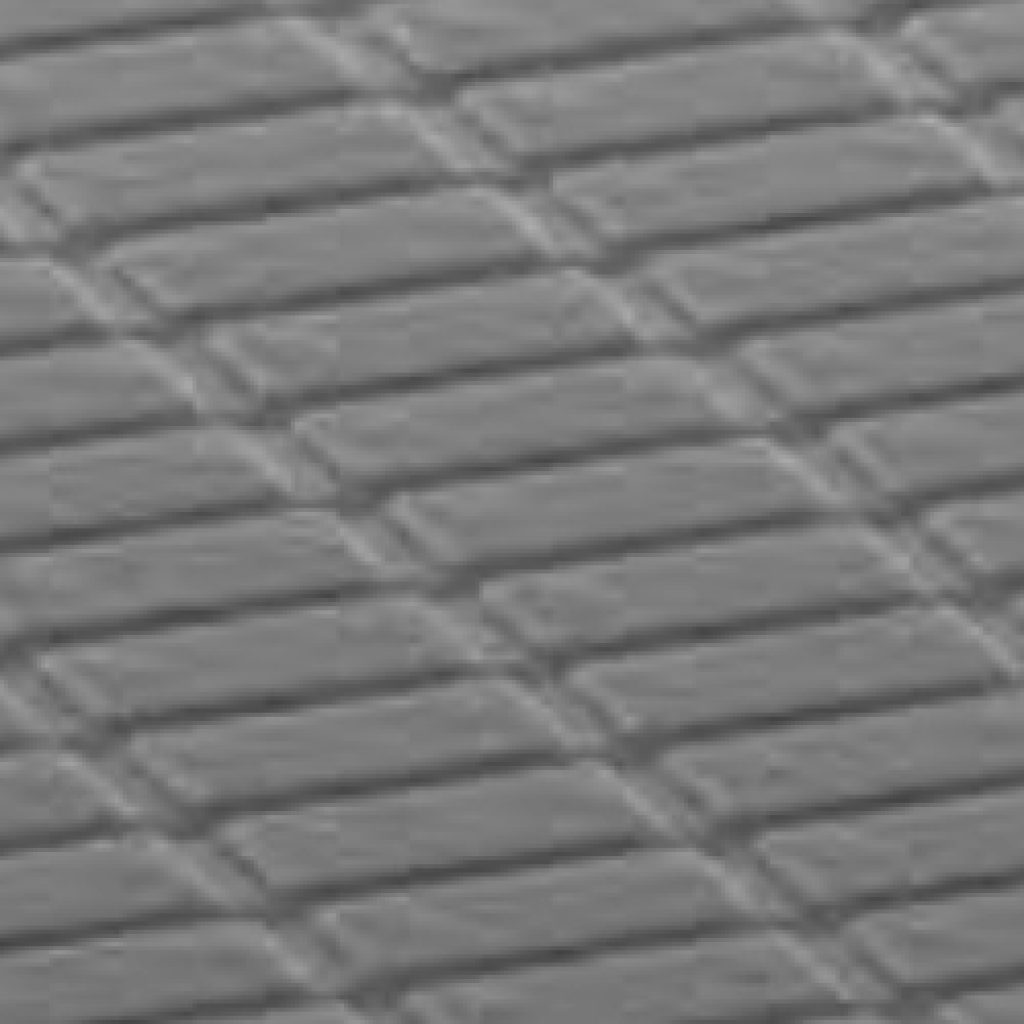(ScienceTimes) Scientists in TU Wien in Vienna used a special manufacturing process to bond pure germanium with aluminum that created atomically sharp interfaces, making it suitable for complex applications in quantum technology.
Phys.org reported that it resulted in a novel nanostructure called monolithic metal-semiconductor-metal heterostructure. It demonstrates that aluminum becomes superconducting and transfers that property to the adjacent semiconductor to control electric fields, processing quantum bits. Researchers noted that one of the advantages of using this approach is enabling germanium-based quantum electronics.
When the nanometer-size germanium and aluminum are brought into contact and heated, their atoms begin to diffuse into neighboring materials in which atoms of germanium move to aluminum and vice versa, Phys.org reported. When they raised the temperature to 350 degrees Celsius, germanium atoms diffused off the edge of the nanowire, creating empty spaces where aluminum could penetrate.
This special manufacturing process forms a perfect single crystal wherein aluminum atoms are arranged in a uniform pattern, as seen under the transmission electron microscope. Not a single atom is disordered in contrast to conventional methods where electrical contacts are applied to a semiconductor.
This novel nanostructure combines various advantages for quantum technology, such as high carrier mobility, excellent manipulability, and it fits well with established microelectronics technologies.
Novel Electronic Component Made of Germanium Bonded With Aluminum Could Be the Key to Quantum Technology
